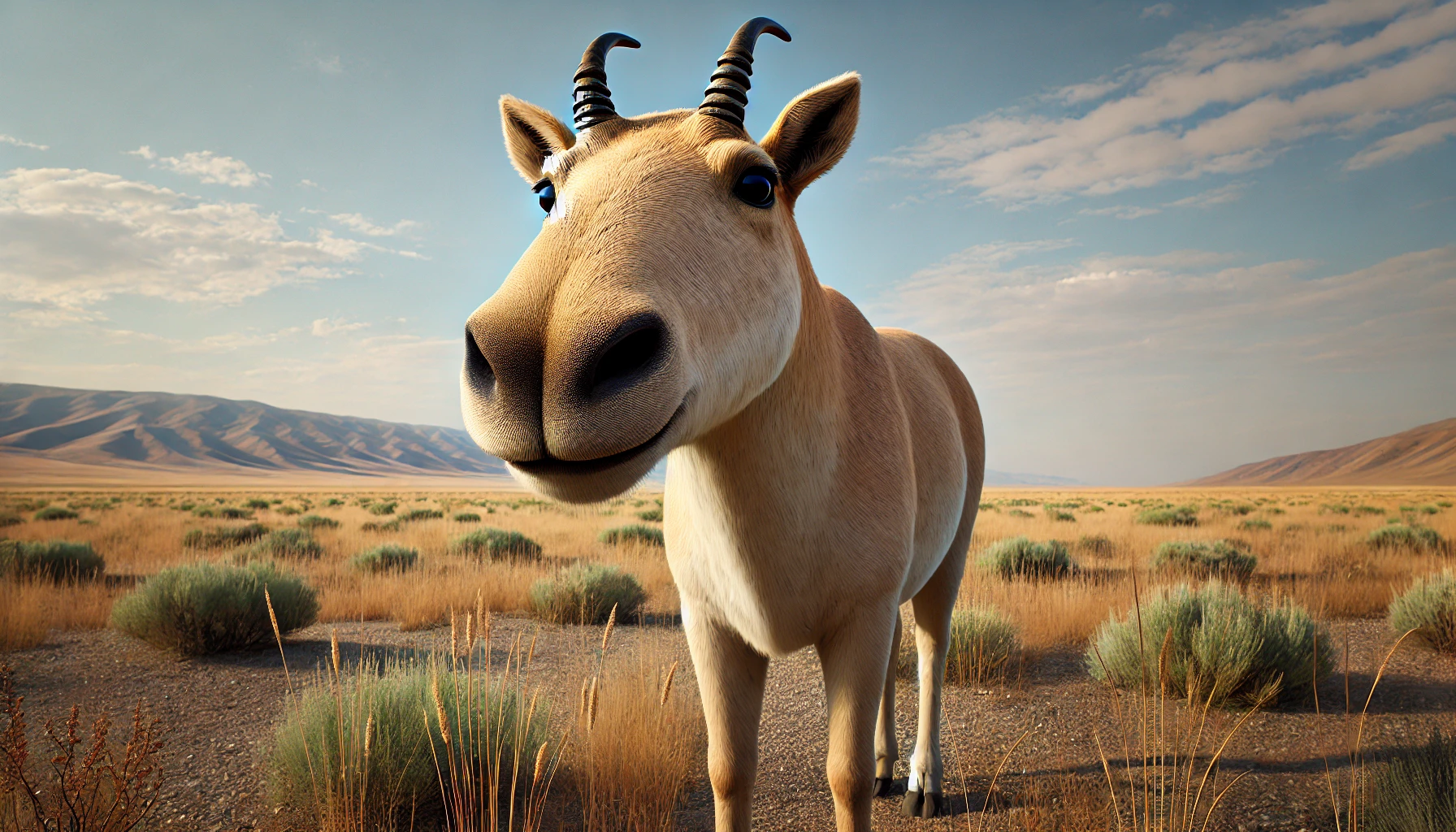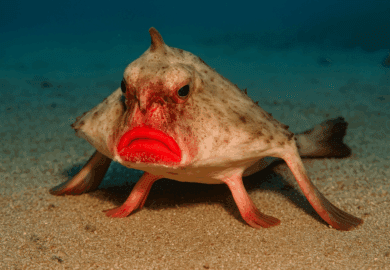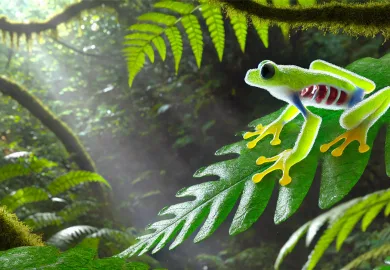
The Saiga antelope (Saiga tatarica) is one of the most extraordinary creatures to walk the Earth. With its unique appearance and ancient lineage, this remarkable species has captivated scientists and nature enthusiasts alike. Endemic to the steppes of Central Asia, the Saiga antelope is a living relic of a bygone era, having survived for millions of years despite harsh climates and numerous threats. However, this enigmatic species now faces unprecedented challenges, making its story one of both wonder and concern.
The Unique Anatomy of the Saiga Antelope: Evolutionary Marvel or Mistake?
The Saiga antelope’s most distinguishing feature is its bizarre, oversized nose, known scientifically as a proboscis. This bulbous snout looks almost cartoonish, yet it serves critical functions that have allowed the Saiga to adapt to its harsh environment. The nose acts as an air filter, trapping dust and particles as the antelope traverses the dusty steppes. Additionally, during the frigid winters, the Saiga’s nose warms the cold air before it reaches the lungs, preventing the animal from respiratory issues that could otherwise be fatal.
Beyond its nose, the Saiga also has a set of unusually large eyes, giving it an almost alien appearance. These eyes provide a wide field of vision, essential for spotting predators across the open plains. The legs of the Saiga are long and slender, built for speed and endurance, enabling the antelope to flee swiftly from danger. These evolutionary traits, while peculiar, have been finely tuned to ensure the Saiga’s survival in an unforgiving environment.
Despite its odd appearance, the Saiga is a highly specialized animal, perfectly adapted to its niche. However, its reliance on such specific traits makes it vulnerable to changes in its environment, which have become increasingly severe in recent decades.
The Habitat of the Saiga Antelope: Surviving the Harsh Steppes
The Saiga antelope’s natural habitat is the vast steppes of Central Asia, including regions in Kazakhstan, Russia, and Mongolia. These areas are characterized by extreme temperatures, with scorching summers and freezing winters. The landscape is predominantly flat, open grassland, with little vegetation other than hardy grasses and shrubs.
Living in such a stark environment has forced the Saiga to develop remarkable resilience. The antelope migrates over vast distances, often traveling hundreds of kilometers in search of food and water. During the summer, the Saiga feeds on a variety of grasses, herbs, and shrubs, which provide the necessary nutrients to sustain them through the harsh conditions. In winter, when food becomes scarce, the Saiga digs through the snow to reach buried vegetation, a testament to its persistence and adaptability.
The Saiga’s habitat is not only challenging but also increasingly threatened by human activities. Overgrazing by livestock, agricultural expansion, and infrastructure development have encroached upon the Saiga’s range, reducing the availability of its natural food sources. Additionally, climate change is altering the steppes, with unpredictable weather patterns and shifting seasons further complicating the Saiga’s ability to survive.
The Mysterious Mass Die-Offs: A Species on the Brink
One of the most alarming aspects of the Saiga antelope’s story is the mysterious mass die-offs that have plagued the species in recent years. These events, which have seen tens of thousands of Saiga perishing within days, have baffled scientists and conservationists. The most devastating of these die-offs occurred in 2015 when over 200,000 Saiga—more than half the global population at the time—died within weeks.
Research has suggested that these mass die-offs are linked to a combination of environmental stressors and bacterial infections. The bacterium Pasteurella multocida is believed to play a significant role, with sudden changes in temperature and humidity creating conditions that trigger the bacteria’s lethal effects. While the exact mechanisms remain unclear, the rapid and catastrophic nature of these die-offs underscores the fragility of the Saiga’s existence.
These die-offs have had a devastating impact on the Saiga population, which was already struggling due to poaching and habitat loss. The species is now classified as critically endangered by the International Union for Conservation of Nature (IUCN), with only a fraction of its former numbers remaining. Conservation efforts are underway to protect the remaining Saiga, but the challenges are immense, and time is running out.
Conservation Efforts: The Fight to Save the Saiga
In response to the Saiga antelope’s dire situation, various conservation initiatives have been launched to protect this unique species from extinction. These efforts are multifaceted, addressing both the immediate threats to the Saiga and the broader environmental challenges that jeopardize its survival.
Anti-poaching measures have been a critical focus, as illegal hunting for Saiga horns—a prized commodity in traditional medicine—has significantly reduced their numbers. Conservation organizations have worked with local communities and governments to increase patrols, impose stricter penalties for poaching, and raise awareness about the importance of protecting the Saiga.
Habitat restoration is another key component of the conservation strategy. Efforts are being made to restore degraded areas of the steppe and ensure that Saiga have access to the resources they need to survive. This includes initiatives to manage livestock grazing, protect water sources, and mitigate the impacts of infrastructure development.
Additionally, scientific research plays a crucial role in understanding the factors contributing to the Saiga’s decline. By studying the causes of mass die-offs, researchers hope to develop strategies to prevent future catastrophes. Conservationists are also exploring the possibility of reintroducing Saiga to areas where they have been extirpated, in a bid to expand the species’ range and increase its chances of survival.
Despite these efforts, the future of the Saiga antelope remains uncertain. The species’ recovery will depend on sustained conservation action, international cooperation, and a deeper understanding of the complex ecological dynamics that govern the Saiga’s existence. Without these concerted efforts, one of the world’s most remarkable and unusual animals could be lost forever.








